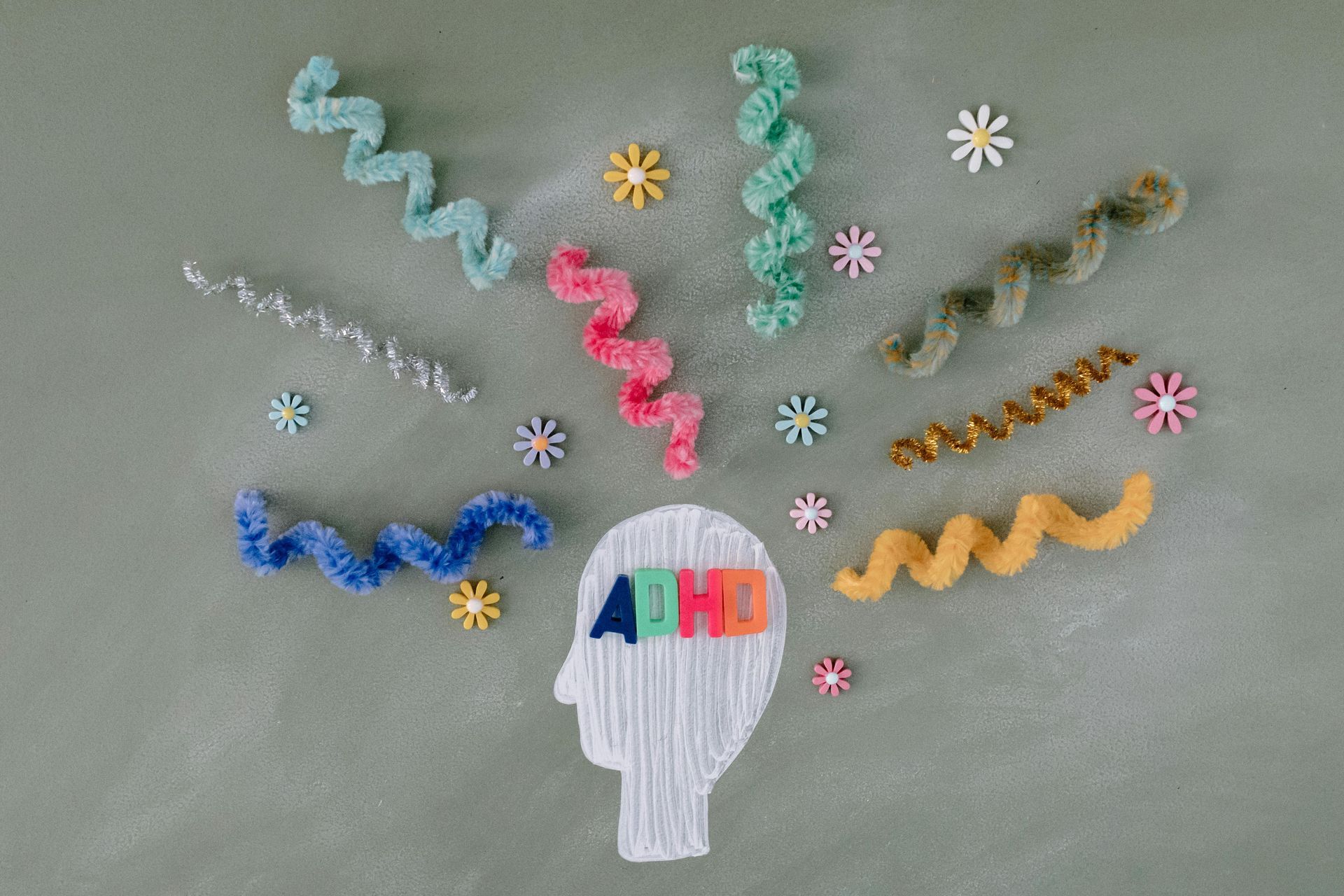Articles on Mental Health, Counselling and Psychotherapy

When someone experiences symptoms that intensely affect their thoughts, cognitive processes, and ability to function day to day over a prolonged period, they are often diagnosed with a severe mental illness. Upon first receiving a diagnosis or being labeled as “mentally ill” — such as with bipolar disorder, schizophrenia, OCD, depression, or anxiety, to name a few — it may come as a relief to finally have an explanation for what’s been happening. For others, however, being labeled with a mental illness can bring feelings of shame, grief, despair, and hopelessness.

Understanding the pull of the familiar—and how therapy can help us break free. Have you ever thought, “ Why do I keep ending up here? ” Maybe it’s falling for the same kind of person who can’t show up for you, burning out from always saying “yes,” or freezing during conflict even when you want to speak up. You know it doesn’t serve you—but somehow, you find yourself back in the same loop. The truth is, you’re not weak or broken. You’re running patterns that once helped you survive—and your brain hasn’t yet learned how to let them go.

Every year on May 5 th , red dresses say in the wind across Canada- hanging from trees, draped on fences, and displayed in windows. They serve as a silence yet powerful reminder of the thousands of Missing and Murdered Indigenous Women and Girls (MMIWG) whose voices have been silenced. It is a day not only by grief and remembrance, but also by resilience, love, and the call for justice.

“We carry the stories of our ancestors- not only in our minds, but our bodies, our relationships, and our ways of being” The past never truly disappears. For Indigenous peoples across Canada, history is not just a chapter in a textbook- it is a lived experience, passed down through generations. Intergenerational trauma is the emotional and psychological wounding that stems from massive group trauma experiences, and it continues to deeply impact Indigenous communities today.

Burnout isn’t just about being overworked or tired. It’s a gradual, insidious process that builds up over time—often due to habits and patterns that go unnoticed until it’s too late. As therapists, we see clients who are dealing with the aftermath of burnout, and one thing becomes clear: many of us are unknowingly contributing to our own burnout. In this post, we’ll dive into the things you might be doing wrong that lead to burnout. Recognizing these habits is the first step toward creating healthier, sustainable routines that protect your mental health.

The relationship between thoughts, mood, and behaviour is a key component of many psychological theories, including Cognitive Behavioral Therapy (CBT). At its core, CBT posits that our thoughts shape our emotions and actions. When our minds are filled with negative or overwhelming thoughts, it can trigger stress, anxiety, or even frustration. And these feelings often lead to behaviors like procrastination, avoiding situations, or shutting down emotionally. For example, when you constantly tell yourself, “I’ll never get this right,” you might feel anxious or defeated, leading to procrastination or even giving up altogether. On the flip side, positive or balanced thoughts help us feel more confident, calm, and ready to take on challenges. What is "cluttered" thinking? Empirical research supports the notion that cluttered thinking—whether it’s negative self-talk, excessive worry, or rumination—can have a detrimental impact on mental health. Cognitive Load: : Research in cognitive psychology suggests that when our minds are overloaded with thoughts, it increases cognitive load, making it harder for us to concentrate and make decisions. This mental overload can contribute to feelings of stress and burnout. Rumination : Overthinking has been strongly linked to increased levels of depression. Constantly revisiting negative thoughts can keep us stuck in a cycle of low mood and inaction. Mind-Wandering : Mind-wandering, which often involves going over past mistakes or worrying about the future, has been associated with increased levels of anxiety. A study found that people spend nearly 47% of their waking hours in a state of mind-wandering, often leading to feelings of unhappiness.

Stress is a normal emotional and physiological reaction to situational challenges. It can be defined as a state of worry or mental tension caused by a difficult situation. Everyone experiences stress to some degree. However, the way we respond to stress makes a significant difference to our overall well-being. Stress Reactions When we are stressed, we feel emotionally and physically different. We may find it difficult to concentrate, feel irritable or anxious, or experience headaches, muscle pain, an upset stomach, or trouble sleeping. Our eating habits may change—most people have heard of “emotional eating” or losing weight due to stress. A stress reaction includes changes in hormone balance, leading to sweating, rapid breathing, and muscle tension, which can be seen as preparation for taking action. Stress and action are closely connected: stress can be considered a “ helper ” in short-term challenging situations where effort is required.

When you think of therapy, you might picture techniques, tools, or goals. But one of the most important factors that can significantly impact your healing journey is something you might not always consider: the therapeutic relationship between you and your therapist. You might not realize it, but the “therapeutic relationship” is the secret ingredient that can significantly impact the outcome of your therapy. In fact, research shows that the quality of your relationship with your therapist is one of the top predictors of success. So, let’s dive into why this bond matters so much and how it can shape your long-term recovery and progress. So, What Is the “Therapeutic Relationship,” Anyway? In simple terms, the therapeutic relationship is the professional, collaborative partnership between you and your counselor. It’s built on trust, empathy, and mutual respect. This relationship isn’t just about chatting each week—it’s about creating a safe space for you to explore your emotions, work through tough issues, and make lasting changes in your life. When the bond between you and your therapist is strong, it makes all the challenging work in therapy feel a bit more manageable. You feel supported, heard, and understood, which can lead to more meaningful and lasting results.

Pink Shirt Day isn’t just about wearing a bright color—it’s about shining a light on bullying and spreading kindness. But let’s take a moment to think deeper: the impact of bullying goes far beyond just the hurtful words or actions. For many, the emotional scars can linger long after the bullying stops. So, as we rock our pink shirts and stand up against bullying, let’s also ask ourselves: how can we really support those who’ve been affected? It’s not just about stopping the behaviour—it’s about building a world where mental health is cared for and kindness is the rule, not the exception. Let's work together to tackle bullying at its roots and create a place where everyone feels safe, seen, and valued.




